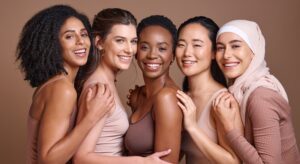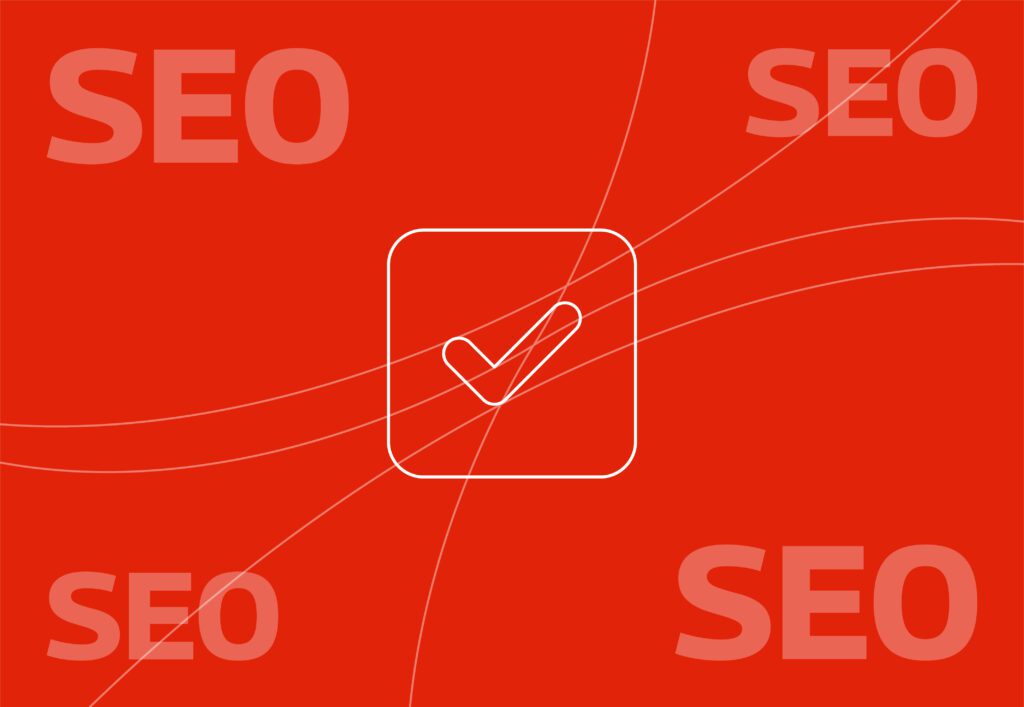
The history of Dove’s ‘Real Beauty’ campaign

In a world full of stereotypes and societal expectations of a woman’s appearance, Dove, since 2004, has challenged this with their ‘Real Beauty’ campaign. For two decades they have created a safe space for women of all sizes, ages, ethnicities, and abilities to feel empowered. Dove’s pledge has helped spread the message that ‘beauty’ comes in many forms and everyone is entitled to encompass whatever ‘beauty’ means to them.
This blog delves into the history of the campaign, why it was started, the evolution of it, and why it still means so much to women to this day.
Where did it all start?
In 2004, Dove launched their Real Beauty Campaign, a pioneering pledge to break down and challenge unrealistic beauty standards. The motivation behind the campaign launch was from a global study, The Real Truth About Beauty: A Global Report (Etcoff, Orbach, Scott, & D’Agostino, 2004), which uncovered that sadly only 2% of women considered themselves to be beautiful.
The campaign began with a series of billboard advertisements featuring images of real women, varying in size, shape, and appearance. Dove then continued to promote the message through short films, television adverts, and Magazine features.

Why is the campaign so important?
Every campaign that Dove has created has fed into an overarching message that all women deserve to feel beautiful. The statistics below, based on Dove’s research and ongoing studies, show exactly why these campaigns are so important.
- Dove’s Self-Esteem Project surveyed over 1,000 girls aged between 10 and 17. It was revealed that 1 in 2 girls said that low self-esteem is a result of toxic beauty advice on social media
- Dove’s Self-Esteem Project also uncovered that 90% of girls said they follow at least one account on social media that makes them feel less beautiful
- More than 7 in 10 girls agreed that spending less time on social media platforms would improve their self-esteem
- 56% of girls said they feel they cannot live up to the beauty standards portrayed on social media
- 8 in 10 girls opt out of seeing friends and family due to worrying about their appearance
- Only 2% of women consider themselves beautiful
- 2 in 5 women would sacrifice a year of their lives to achieve their beauty goals
- 9 in 10 women and girls have been exposed to harmful beauty content shared on social media

How has the campaign evolved over the years?
Reverse Selfie – Have #TheSelfie Talk
In 2021, Dove launched their ‘Reverse Selfie’ campaign, with the aim to combat the dangers of social media amongst young people. The campaign was launched in short film form, showing what appears to be an adult woman posting a highly edited selfie to social media, the video then goes on to reveal her true identity and behind the filters, she is a young 13-year-old girl, longing to look like the woman at the beginning. The campaign’s strong message was well received and as a result Dove saw brand affinity increase by 21% and sales by 11%.
Dove | Reverse Selfie | Have #TheSelfieTalk
#TurnYourBack Campaign
Over the last few years, the evolution of Artificial Intelligence has become very apparent in mainstream media and advertising, setting further unrealistic expectations with societal norms of ‘perfect’. Using augmented reality beauty filters and airbrushing selfies has taken over social media and with this surge of AI, Tiktok introduced their ‘Bold Glamour’ filter to their platform in March 2023.
In response, Dove launched their #TurnYourBack campaign, an influencer-led execution encouraging people to do exactly that, turn away and ignore. Posts using the hashtag gained huge traction and the movement created a huge wave of social buzz, so much so that Ogilvy became a Gold Lion winner in Creative Effectiveness for the campaign.
Dove Self Esteem Campaign: Real Cost of Beauty
In 2023, Dove also launched ‘The Cost of Beauty’, which focused on the lasting mental health effects of toxic beauty content on people, especially children. Rates of depression and anxiety soared in the early 2010s as the influence of social media became more rife and so the need for this campaign was more important than ever. Mary’s story was told in a short film, a real-life video diary showing her battle with an eating disorder and dealing with the mental health strain of beauty expectations. The response from the short film was huge and Dove surpassed more than 50,000 signatures in support of the Kids Online Safety Act petition.
Cost of Beauty: A Dove Film | Dove Self-Esteem Project

After some real marketing?
There’s no doubt that Dove will continue their great work to shift society away from unrealistic beauty standards, distorted views of ‘perfect’, and the overuse of AI. The world is still a long way off but thanks to Dove, women feel better represented, seen, and celebrated, just as they are.
If you would like to learn more about how Embryo can help your brand create compelling marketing campaigns, please get in touch today.



